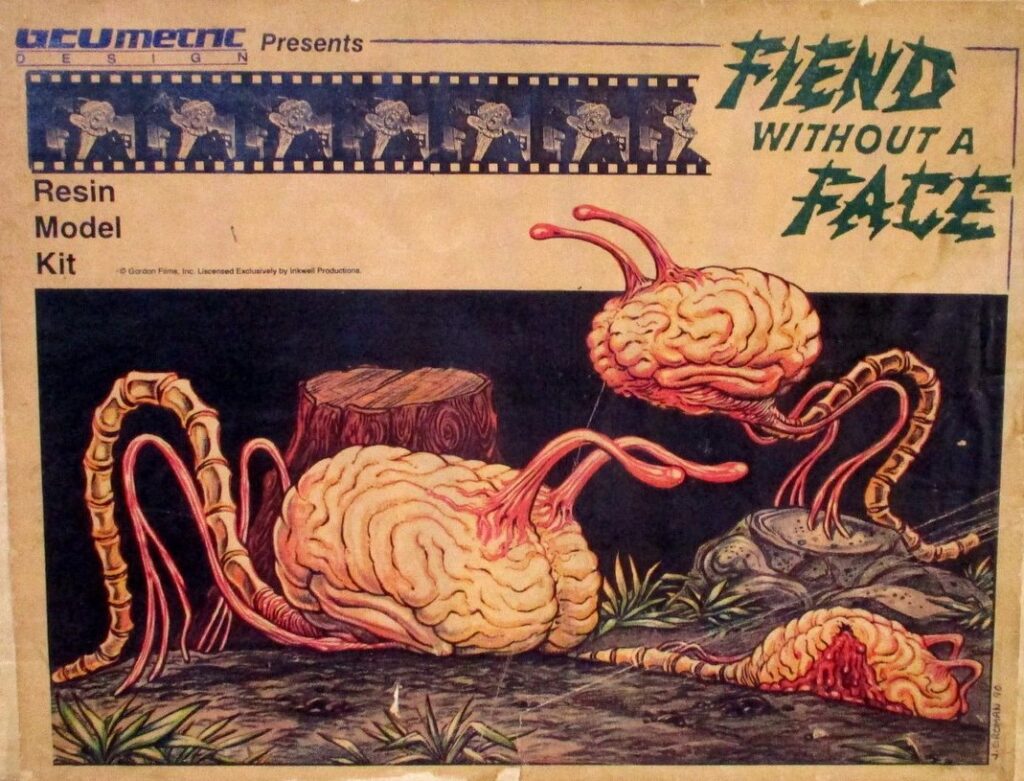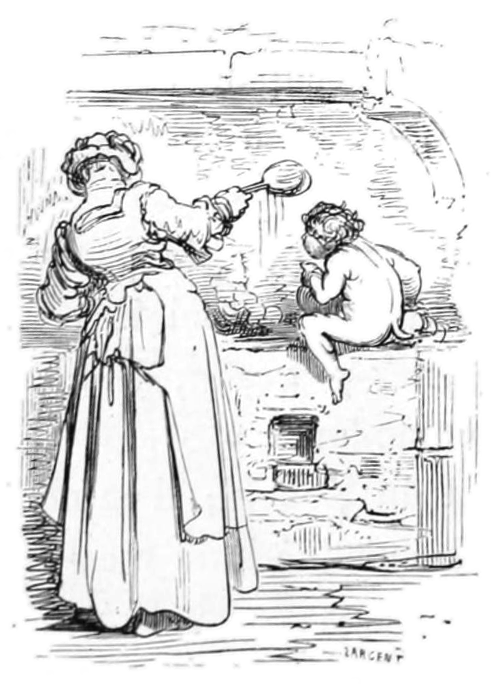Plan 9 from Outer Space for DCC
The Erosians are human-like aliens who travel between worlds in saucer-shaped vehicles. At the core of Erosian beliefs lies a mysterious substance they call solaronite. Erosians believe that countless invisible, tiny particles compose light, especially sunlight, and that solaronite can cause these particles to explode. The result would be an unstoppable chain reaction capable of destroying entire kingdoms, maybe even entire worlds.
Since non-Erosian creatures — especially humans — are stupid and untrustworthy, the secrets of solaronite must be kept at any cost. Thus, the Erosians have developed reanimation rays specifically for the purpose of creating zombie armies to eradicate populations believed too close to uncovering the truth of solaronite.
In short, what follows is retooled from Plan 9 from Outer Space, the king of B-movies, for use with Dungeon Crawl Classics.
Erosian
Erosians are virtually indistinguisable from normal humans. They are highly intelligent, quixotic, and effete. Their society has a deep respect for bureaucratic decison making and bizarre, often elaborate plans of conquest. It is rare to encounter a single Erosian or Erosians in odd-numbered groups. They prefer to travel in male-female pairs, or in groups with equal numbers of males and females.
Init +1; Atk probe +1 melee (1d4 plus paralysis) or ray gun +2 ranged (2d6 or paralysis); AC 12; HD 1d8+1; MV 30′; Act 1d20; SP half damage from cold and fire; SV Fort +1, Ref +1, Will +3; AL L.
Erosians seldom engage in hand-to-hand combat or even resort to direct violence. Their loose-fitting, flouncy clothing provides a degree of protection from harm.
An Erosian probe is a combination melee weapon and exploratory medical instrument. It has a hilt with a flippable switch and a “blade” consisting of a flexible, curled wire. A creature struck by the probe suffers an electrical shock and must make a DC 12 Fortitude save or be paralyzed for a number of hours equal to the points of damage suffered from the attack.
A Erosian ray gun fires a concentrated bolt of electrical energy. The ray gun has two settings. One forces a DC 12 Fortitude save to avoid paralysis for 1d4 hours. The other inflicts serious wounds. A creature that is reduced to zero hit points by a single ray gun bolt glows brightly for a second or two and then crumbles to gray powder.
Reanimation Ray Gun
A group of Erosians will possess a single reanimation ray gun. This weapon fires an audible but invisible beam that affects a 60-foot long cone that is 30-feet wide at its terminus. Dead humanoids within the beam animate as Erosian zombies. If the reanimation ray gun is destroyed, any Erosian zombies animated by it crumble into a pile of bones. The ray gun also serves as an Erosian zombie control unit.
Erosian Zombie
Shambling and stiff-limbed, an Erosian zombie results from the effects of a reanimation ray gun on a humanoid corpse. If left uncontrolled, an Erosian zombie will wander about, bumping into things, and attempting to kill living creatures, especially creatures that are of the same type of humanoid the Erosian zombie was in life.
Init -3; Atk pummel +3 melee (1d5+2); AC 12; HD 2d8; MV 20′; Act 2d20; SP choke, infravision 60′, mindless; SV Fort +4, Ref +0, Will +0; AL N.
An Erosian zombie is slow but strong. It attacks with its bare hands. If it hits a creature with both hands in a single round, it locks its steely fingers around the creature’s throat and chokes for 1d5+2 points of damage each round thereafter (no attack roll necessary). Being mindless, Erosian zombies cannot be affected by magic that requires a living mind on which to work.





